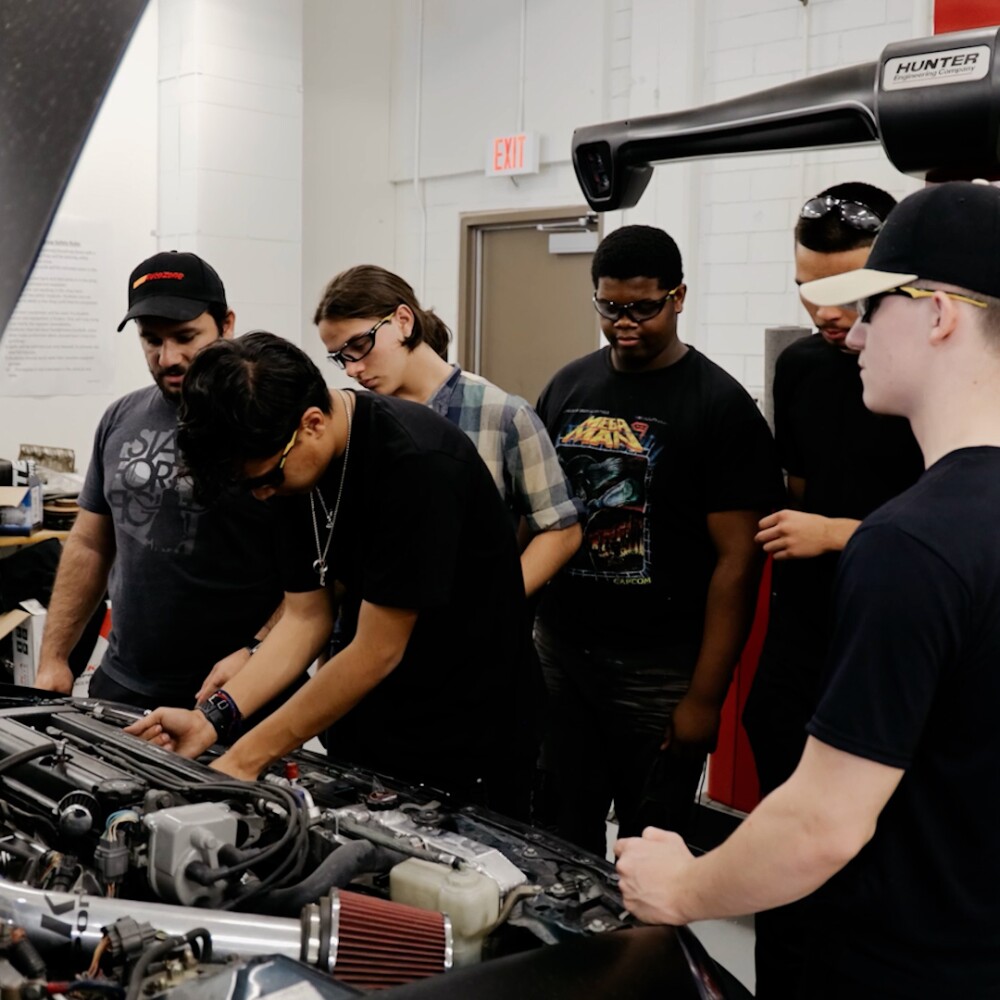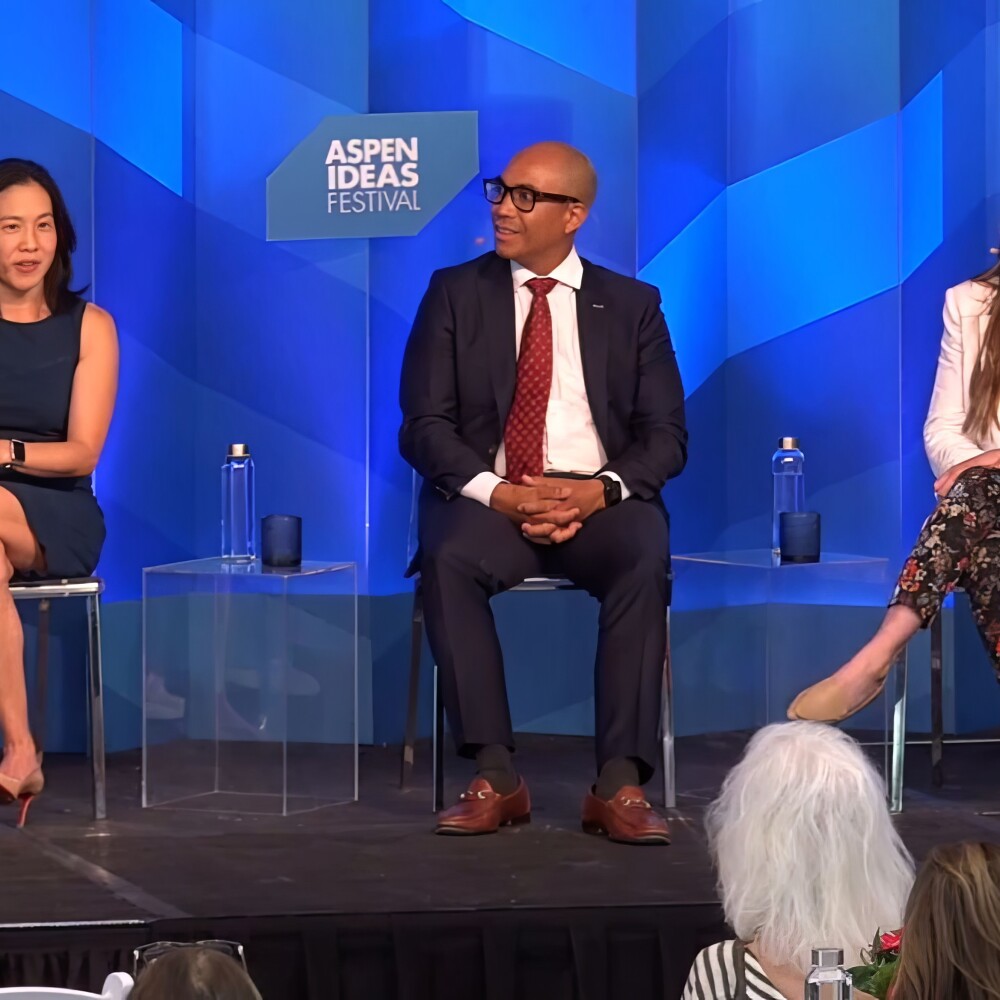For many Americans, pursuing the American Dream’s promise of opportunity and success typically means moving up the income ladder and accumulating wealth, or rising economic mobility. As young people return to schools and colleges pursuing this promise, let’s remember that focusing on material resources neglects the essential role friendships and other relationships, or social capital, play in human flourishing.
A massive new study by Harvard economist Raj Chetty and nearly two dozen colleagues published in the journal Nature provides that reminder. It shows that community-level friendships across classes involving lower- and higher-income individuals, or economic connectedness, strongly predict a community’s ability to help low-income children become upwardly mobile.
It also suggests what schools and colleges can do to create cross-class friendships.
The study examines 21 billion Facebook friendships, 84% of U.S. adults aged 25 to 44, and has a website where entering a zip code, high school, or college shows how scarce or common cross-class friendships are in those places.
The analysis focuses on three forms of social capital: economic connectedness (the degree to which low- and high-income individuals become friends); social cohesion (the degree to which communities and social networks are tight-knit); and civic engagement (how often individuals volunteer for community activities).
Economic connectedness, or cross-class friendships, is the strongest predictor of upward income mobility.
Economic connectedness, or cross-class friendships, is the strongest predictor of upward income mobility, stronger than measures like school quality, job availability, family structure or a community’s racial makeup.
For example, if low-income children grow up in a community with similar economic connectedness as the typical young person with high-income parents, their future income increases on average by 20%, similar to the effect of attending two or so years of college.
It’s not the friendships themselves that do this. Rather, they have a “downstream effect” that shapes a young person’s aspirations and behavior. Additionally, new social connections and the fresh information they bring have a multiplier or dosage effect over time — i.e., greater dosage produces a greater effect.
Furthermore, economic connectedness is independent of the place’s affluence, thus outcomes are better, even in poorer zip codes, when poor people have more cross-class friendships.
Next, how these bonds are formed varies by individual income and place. For example, the richest tend to make more friends in college; low-income individuals make more friends in their neighborhoods; middle-class individuals do so at work.
Finally, we create friendship networks through a roughly 50/50 blend of two activities: exposure to higher-income individuals in settings that connect people; and reducing friending bias by increasing the rate at which low-income individuals engage and make friends with higher-income individuals.
This varies across places and institutions, suggesting that settings can be changed to encourage or discourage cross-class exposure and engagement. For example, academic tracking in school produces higher friending bias. But that learning approach can be changed.
The study explores six places where we make friends: high school, college, religious groups, recreational groups, workplaces and neighborhoods. Religious settings are especially strong for overcoming lack of exposure and friending bias, with recreational groups and the workplace also important.
High schools have various levels of exposure and friending bias, even among nearby schools with similar socioeconomic makeup.
Large ones generally are associated with a smaller share of cross-class connections, or worse friending bias, as they have less mixing and more income-related exclusive groups. So do more racially diverse schools and those with high Advanced Placement enrollment and gifted and talented classes.
Schools and colleges can promote economic mobility and the American Dream by helping young people create cross-class friendships.
On the other hand, smaller and less racially diverse schools have “more friendships between students who go on to have low and high [socioeconomic status] in adulthood.”
Finally, across colleges, greater racial diversity and higher enrollment are associated with worse friendship bias.
Friending bias can be overcome.
For example, large high schools can assign students to smaller and intentionally diverse houses or hives. Their cafeterias, libraries and science labs can be organized to mix students when they socialize or learn. Extracurricular activities can be structured to blend students from different backgrounds.
Charter schools are another contrast. Using the study’s public data, my colleague Jeff Dean analyzed the 214 charter high schools in the database. On average, these charter schools perform better than 80% of traditional public schools on friending bias, raising questions to research. For example, do the autonomy, community-building, smaller size and institutional aspects of charters contribute to this? Or can their results be explained simply by their smaller size?
Money and other material resources are important aspects of upward mobility. But this new evidence shows that personal connections are a strong predictor of upward mobility. Schools and colleges can promote economic mobility and the American Dream by helping young people create cross-class friendships. That’s a welcome pandemic recovery back-to-school message about human flourishing.
This article originally appeared in the New York Daily News on Aug. 28, 2022.



